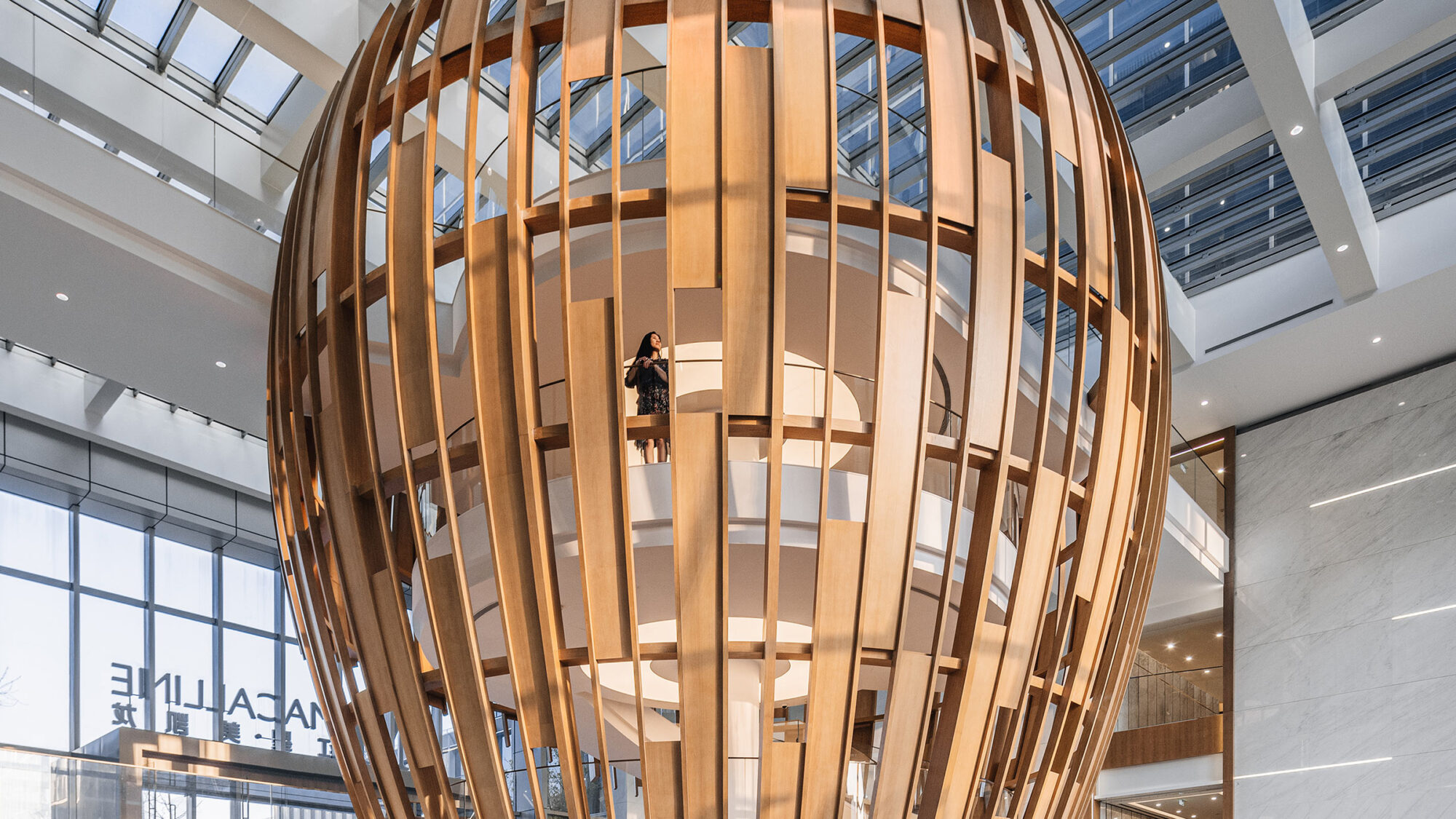

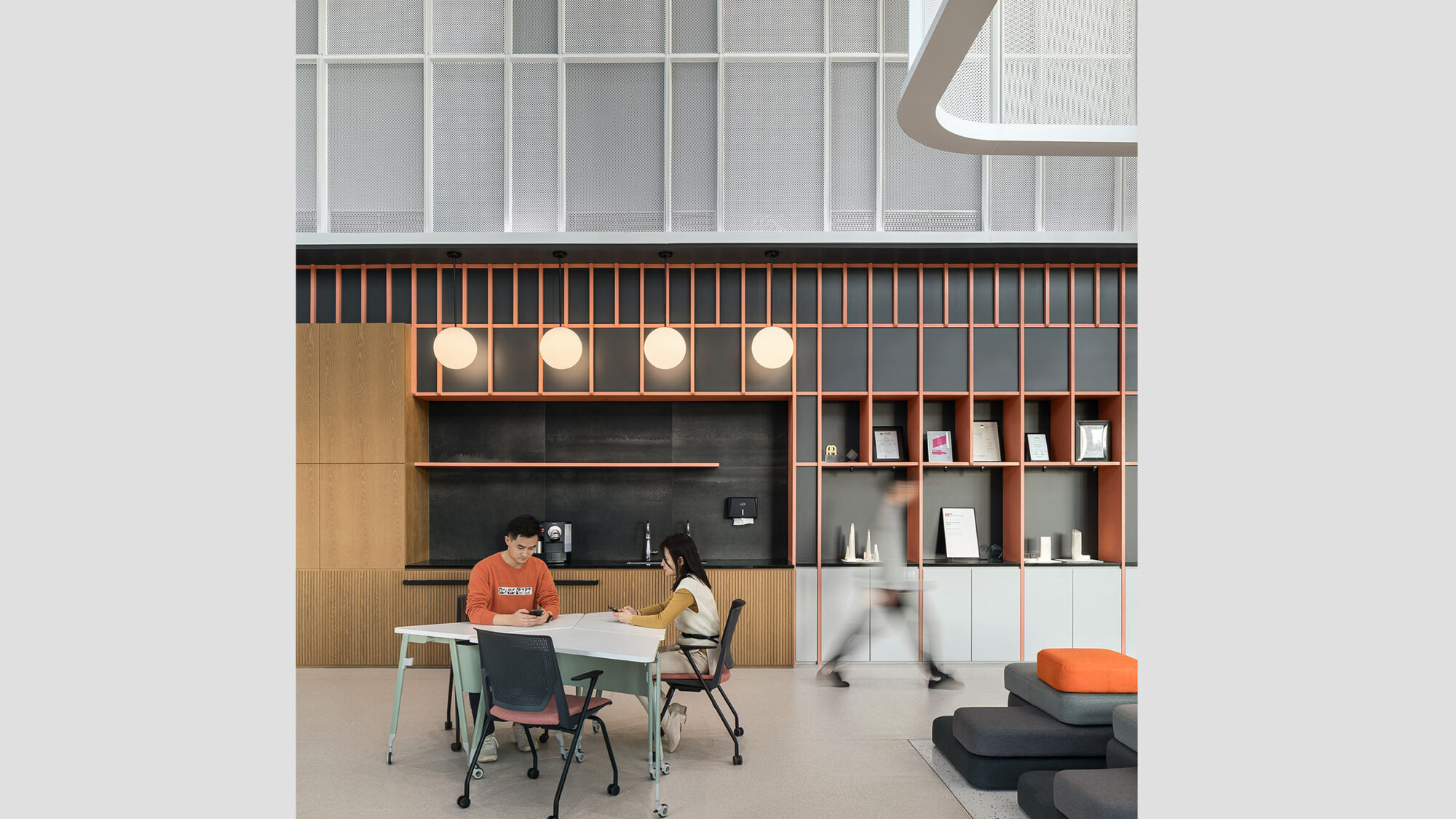


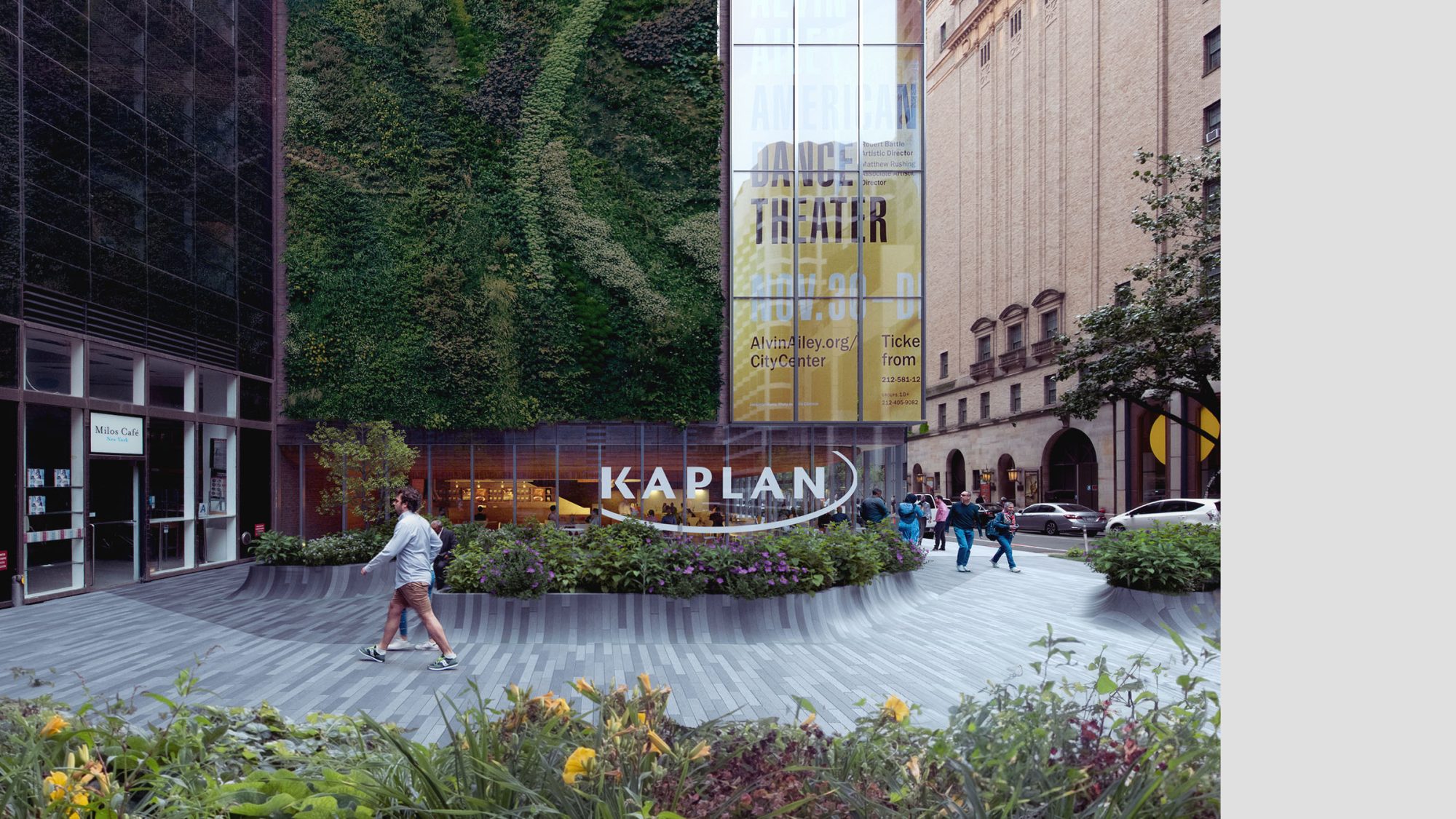
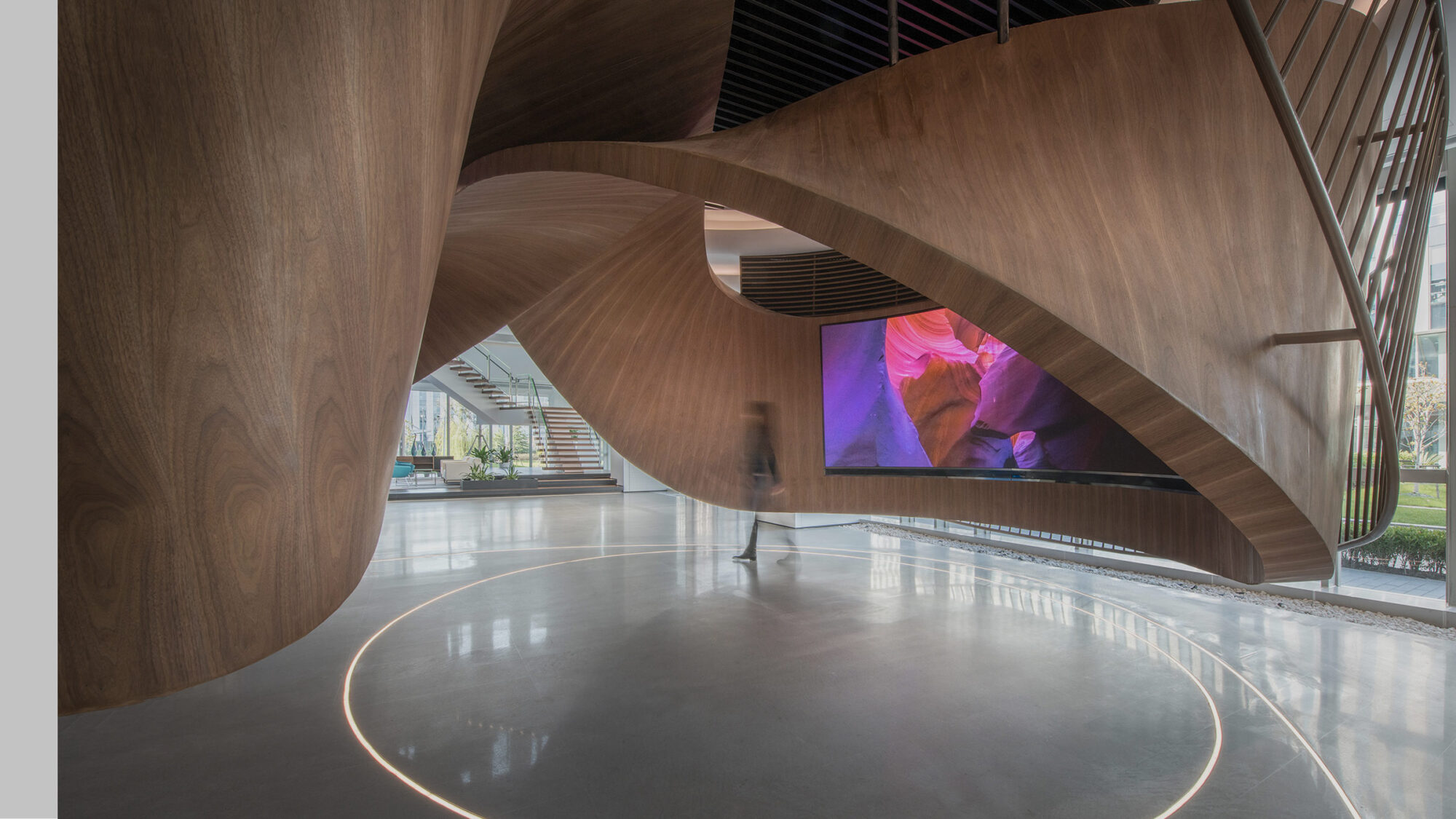
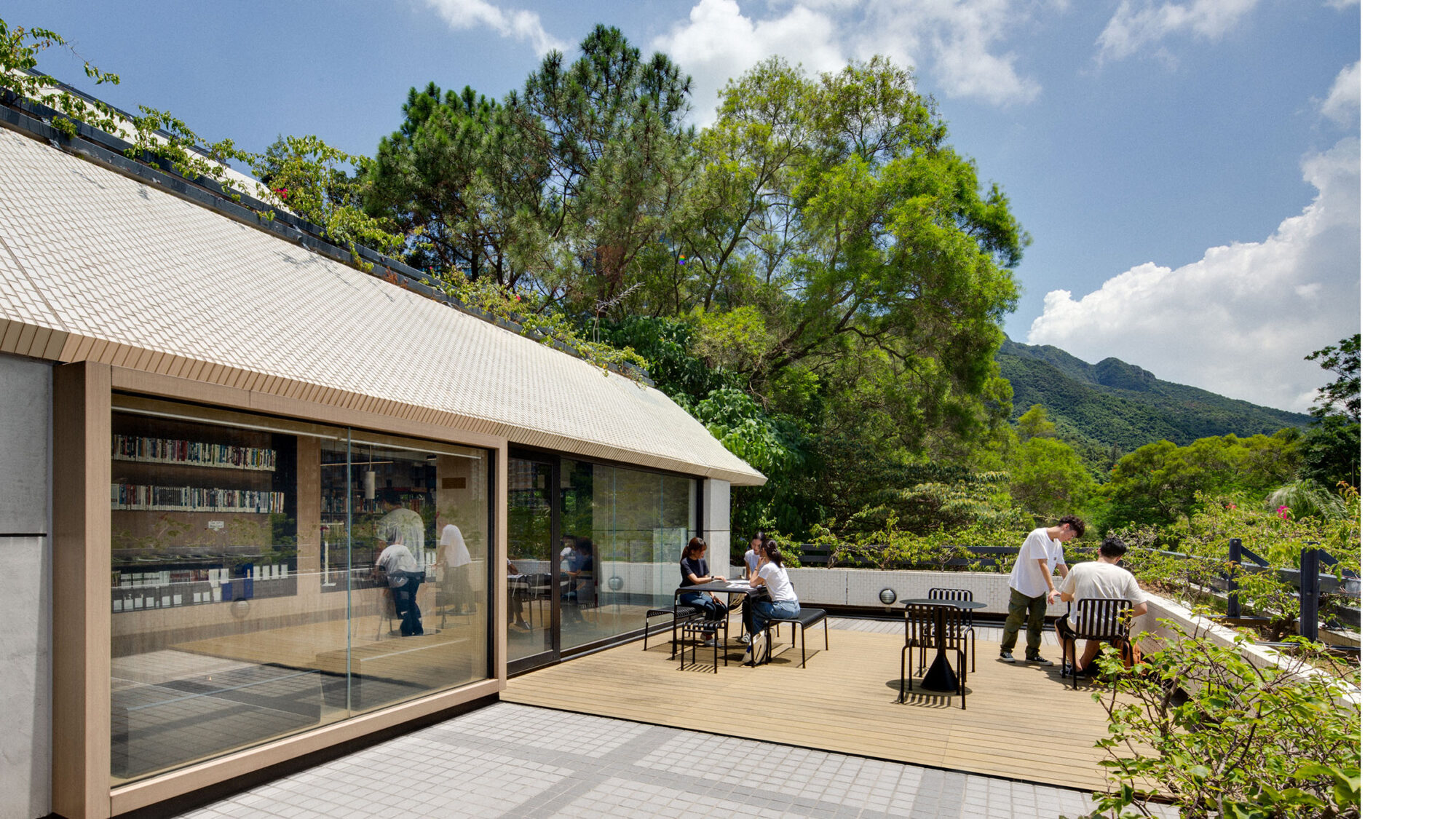
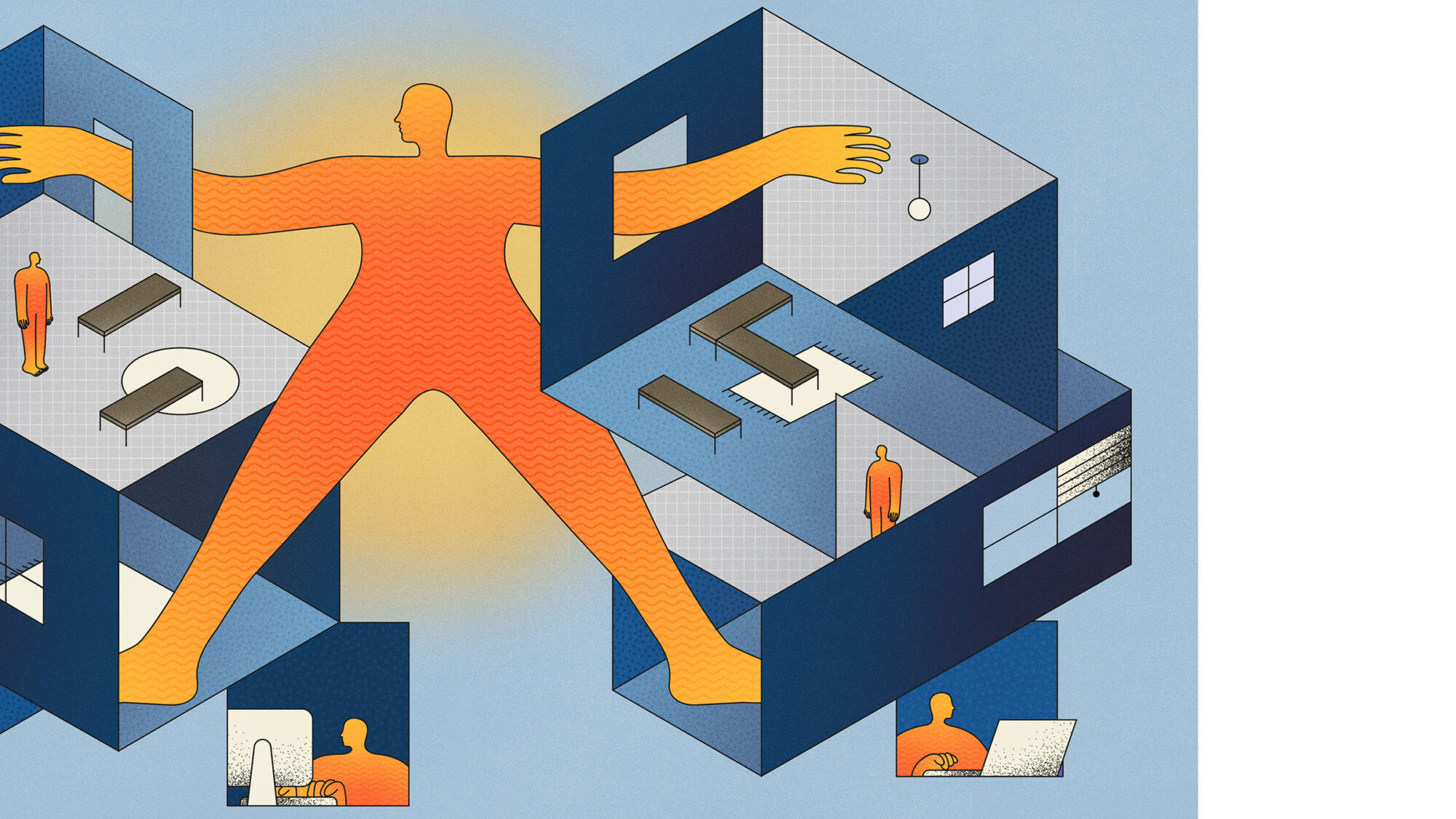

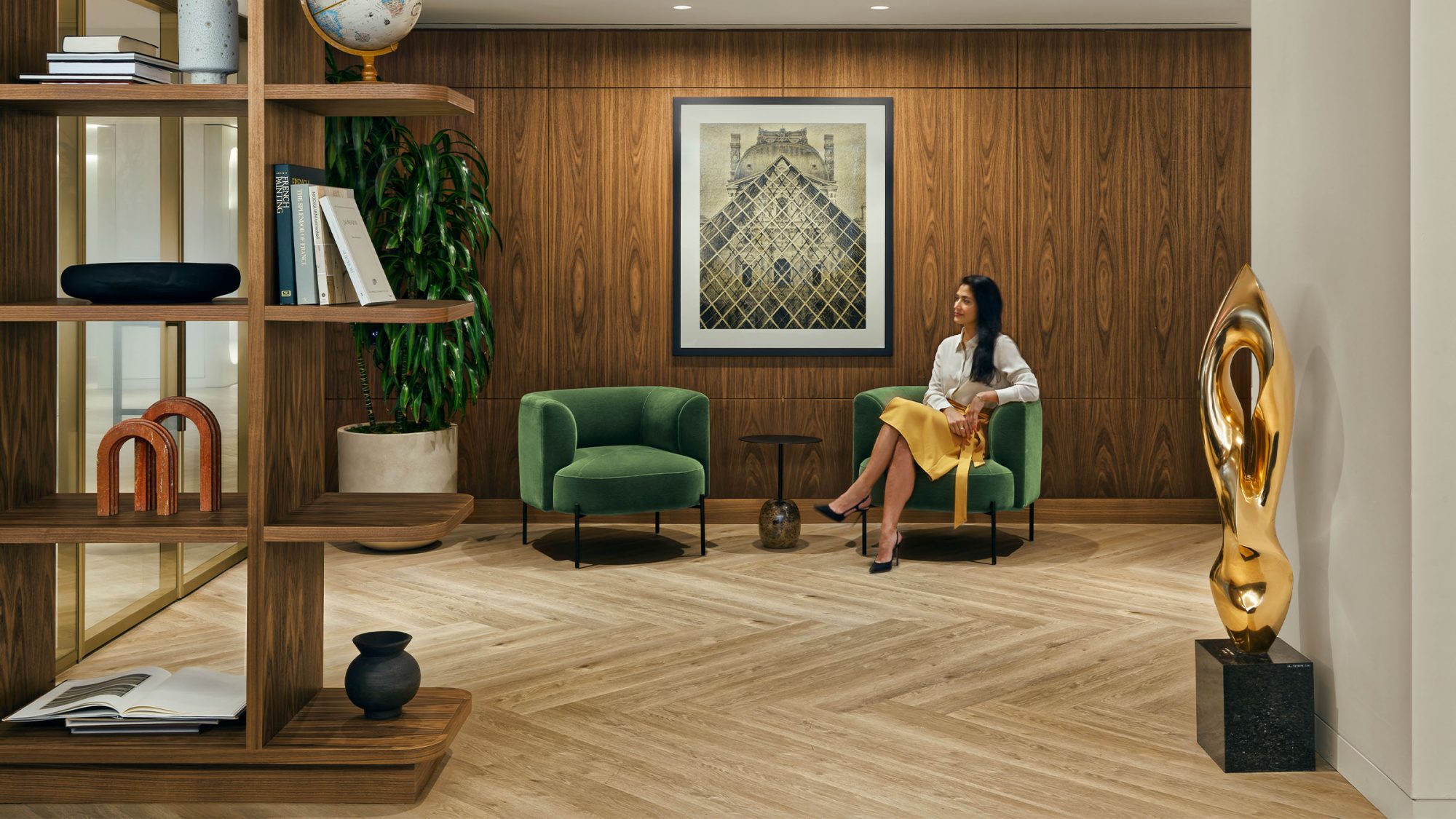
Designing for performance, culture and long-term success
Financial services companies today have a valuable opportunity to evolve by balancing regulatory compliance, technological innovation and rising employee expectations while strengthening their competitive edge. By reimagining how their workplaces function, from wealth management to accounting and advisory services, companies can create environments that support agility, collaboration and wellbeing, all while upholding the highest standards of security and operational efficiency.
Our team has been at the forefront of innovative financial workplace design. We’ve worked with companies like HSBC and EY to create future-ready spaces that drive engagement and business performance. In this article, we explore how the financial services sector can redefine its workplaces to enhance productivity, attract top talent and optimise space utilisation.
Financial services companies often view workplace transformation as an expense rather than an investment. However, forward-thinking organisations recognise that the right workplace strategy can drive measurable business outcomes.
Key benefits of workplace transformation:
By designing with intention, financial services comapnies can create a workplace that supports both immediate operational goals and long-term business success.
Companies must balance security and flexibility. While security and compliance are critical, rigid workplace structures can stifle collaboration and innovation.
Strategies to balance security with workplace agility:
By integrating secure, flexible solutions, financial services companies can create workplaces that enhance both productivity and compliance.
The financial services industry has traditionally prioritised function over experience in workplace design. However, modern employees expect a different experience. One that enhances their engagement and wellbeing.
Key elements of experience-driven financial office design:
A workplace designed around experience not only improves employee morale but also strengthens company culture and collaboration.
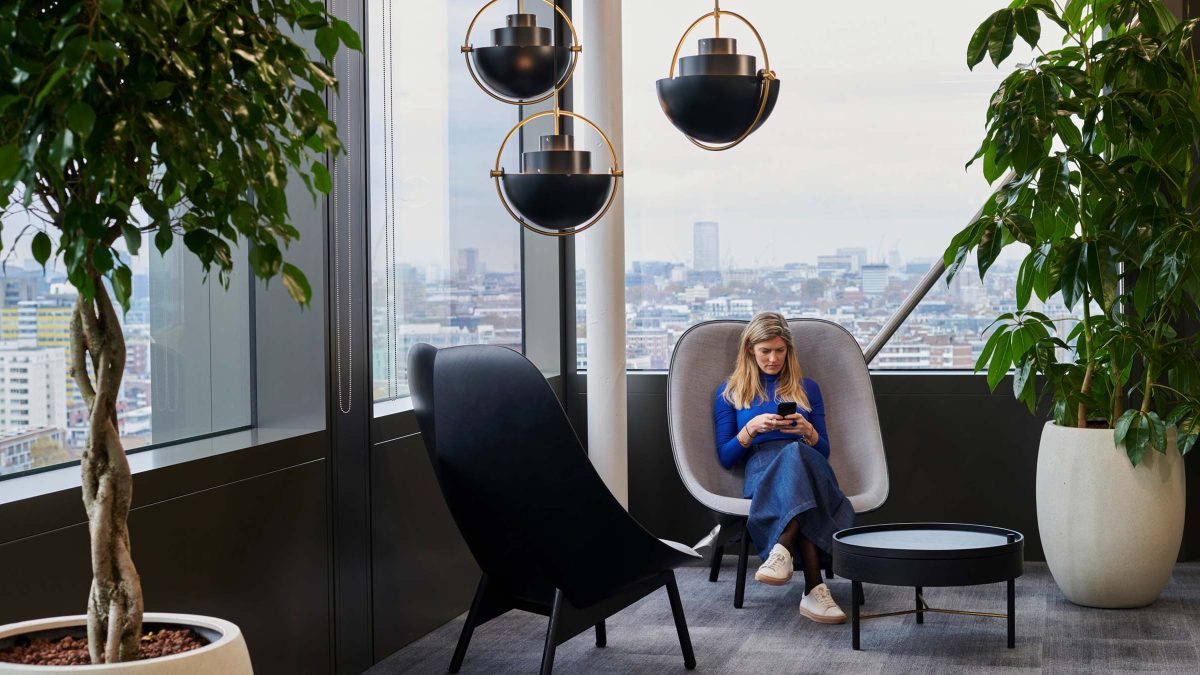
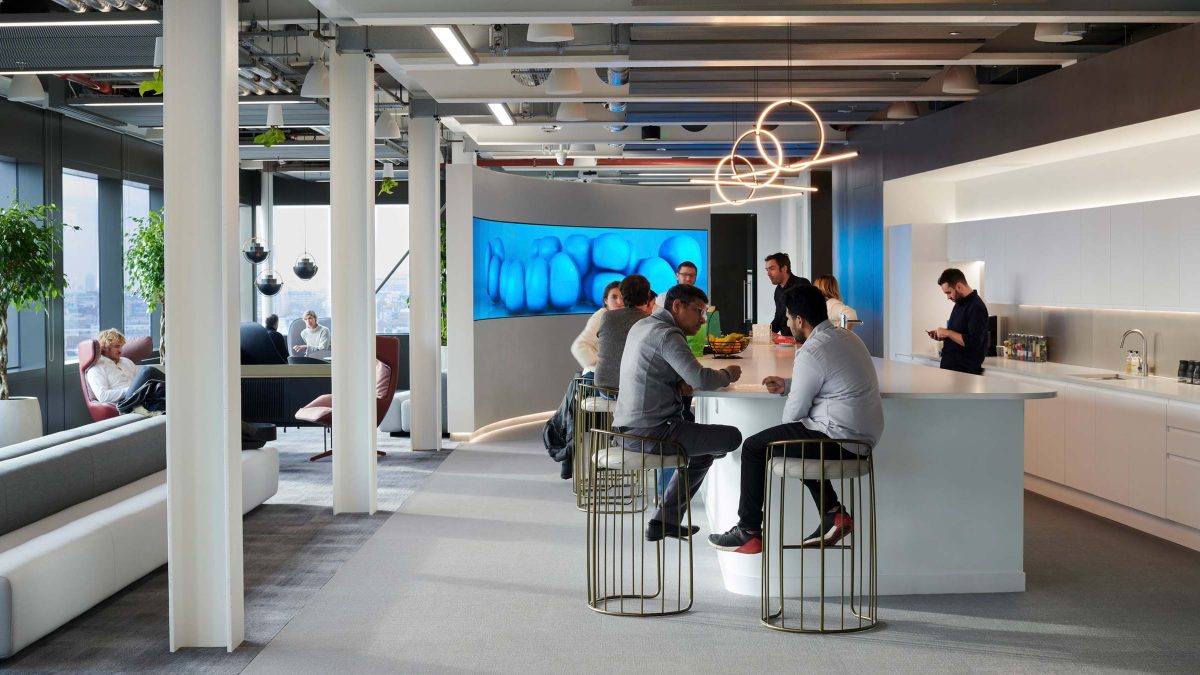
With hybrid work becoming the norm across wealth management, accounting and financial advisory firms, companies must rethink their office footprint. Many organisations are paying for underutilised space while struggling to design environments that align with new ways of working.
Solutions for optimising space utilisation:
By optimising space, companies can create more vibrant, efficient workplaces while reducing real estate expenditures.
Beyond desks and conference rooms financial office design is about creating an ecosystem that supports business, wellbeing and long-term resilience.
To stay ahead, we believe financial institutions should focus on:
We partner with global companies to implement holistic workplace strategies. Our teams create environments that meet today’s needs and anticipate the challenges of tomorrow.
As the financial services sector navigates rapid industry changes, the workplace must be a strategic enabler, not an afterthought. By rethinking how space is designed and utilised, organisations can unlock new levels of innovation and efficiency.
Is your company ready to redefine its workplace strategy?
We’re here to help, contact our team to learn more.